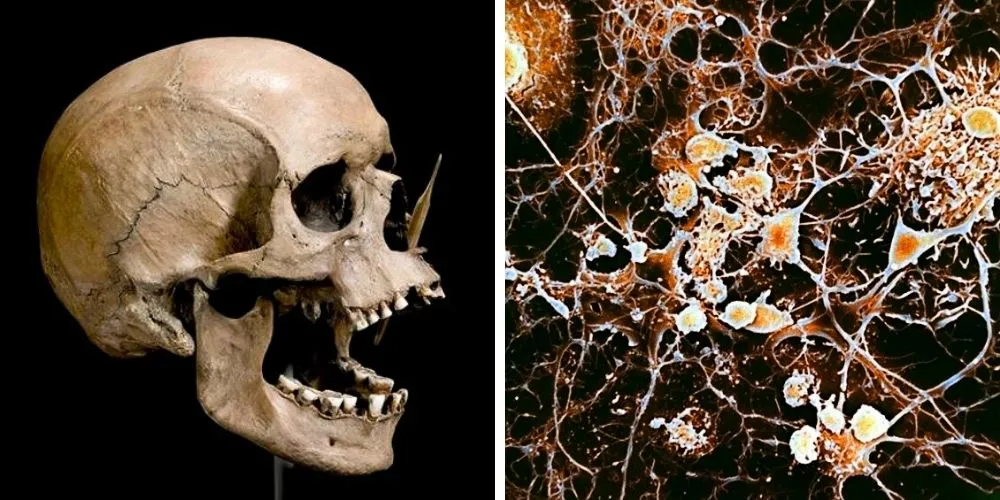A groundbreaking research, featured in four interconnected papers in Nature, leverages the analysis of over 1,600 ancient genomes to illuminate the roots of genetic traits found in modern Europeans. The research challenges the conventional belief that genetic differences primarily arose from local adaptations, suggesting that these variations were introduced by distinct waves of migrants to Europe approximately 45,000 years ago.
Europe’s settlement history unfolds in three main waves: the arrival of hunter-gatherers from Asia 45,000 years ago, farmers from the Middle East 11,000 years ago, and pastoralists from the steppes of western Asia and eastern Europe 5,000 years ago. Contrary to assumptions of widespread mixing, the research reveals unique dispersal patterns for each group, with some completely replacing existing populations in certain regions.
The ancient genomes, collected and sequenced from 317 skeletons across Europe, facilitated the creation of a detailed family tree and migration map. This map unveiled how genetic characteristics evolved in specific locations as populations migrated. For example, steppe pastoralists predominantly settled in northern Europe, while Middle Eastern farmers primarily occupied the south and west.
Comparisons between ancient and modern genomes, including data from 410,000 individuals in the UK Biobank, uncovered the direct links between certain traits and the three migration waves. Notable findings include the influence of steppe pastoralists on modern northern Europeans’ height and skin tone, as well as the association of hunter-gatherer ancestry with an elevated risk of diabetes and Alzheimer’s disease.
Surprisingly, the study identified a genetic predisposition to multiple sclerosis associated with the west-Asian pastoralists, becoming more prevalent in northern Europe over subsequent millennia. The researchers propose that the heightened immune system linked to multiple sclerosis might have provided an evolutionary advantage against plagues and common pathogens in ancient times.
The study’s comprehensive insights into the interplay of ancient ancestry and modern traits offer a unique perspective on the complex processes that have shaped human evolution, demonstrating the relevance of anthropology and genomics in informing medical understanding.











